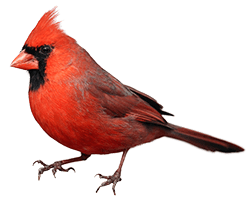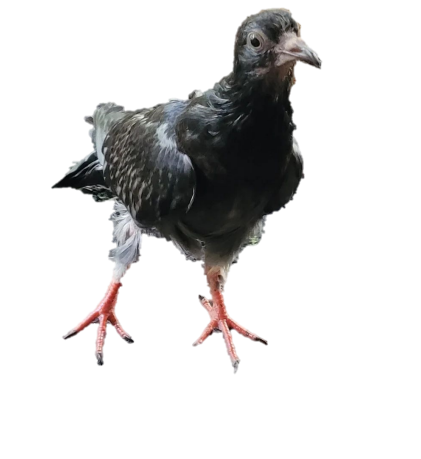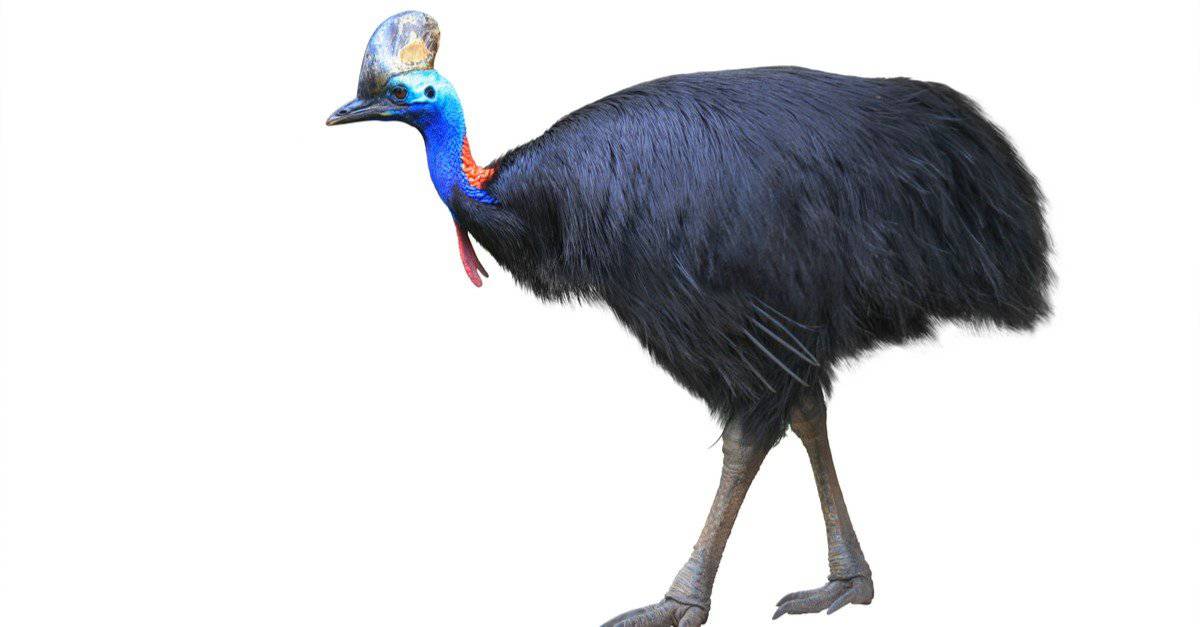Phone: 941-322-1000 | Email: [email protected]
About the Aviary
The aviary is a large enclosure used as a habitat for birds. These large habitats give birds the necessary room to fly around as they please. The aviary enclosure at Crowley Museum and Nature Center provides birds with a safe place to live until their eventual release back into the wilderness. Some birds will stay here longer than others, but almost all will be released. This aviary is specifically equipped with an automated food and water system and has been redesigned to provide additional enrichment for birds.
Animals in the Aviary

Northern Cardinal
Pigeons

Bubbles the Pigeon

Turkeys
Turkeys are native to North America and are found in every state (except for Alaska)! According to the U.S. Fish & Wildlife Service, " In the early 1900s, wild turkeys were on the brink of extinction, with only about 200,000 left. Through conservation efforts over the past century, with funds derived from the Pittman-Robertson Act, and thanks to sportsmen and women, there are approximately 6.5 million wild birds in the United States today, according to the National Wild Turkey Federation."
Turkeys eat ground insects and seeds and usually reside it the woodlands. Turkeys can also fly, just not for long distances (about 0.25 mile). Turkeys can be identified by their snood (a long red piece of flesh growing over their bills) and their wattles (red fleshy pieces hanging form their necks).
Southern Cassowary
The Southern Cassowary are large flightless birds that originate from New Guinea and Australia. They can be identified by their blue faces and long red necks. These birds can reach heights of up to six feet and are the third tallest bird in the world. On top of that, they are the second heaviest bird, right behind ostriches. Despite their size, a southern cassowary can run up to 50 kmph. Cassowaries are frugivores, which means that their diet consists of many types of tropical forest fruits; over 238 species of plants have been recorded in the cassowaries’ diets.

